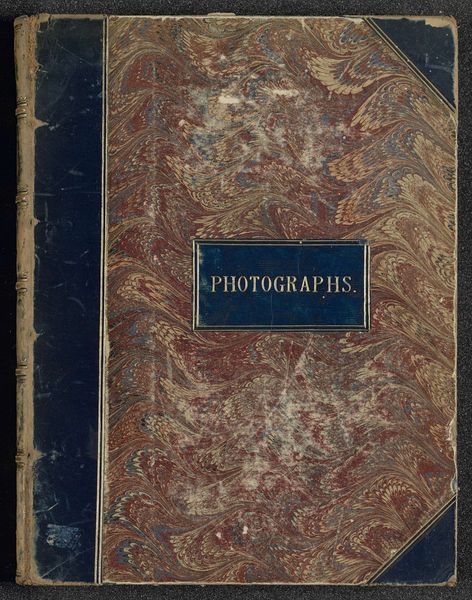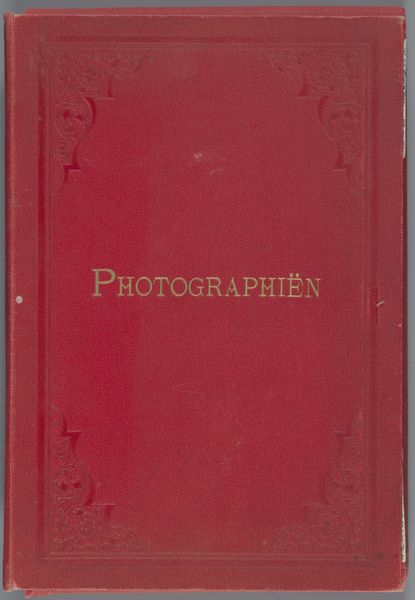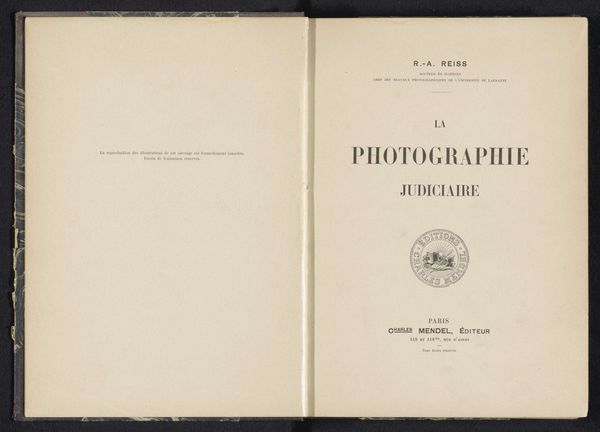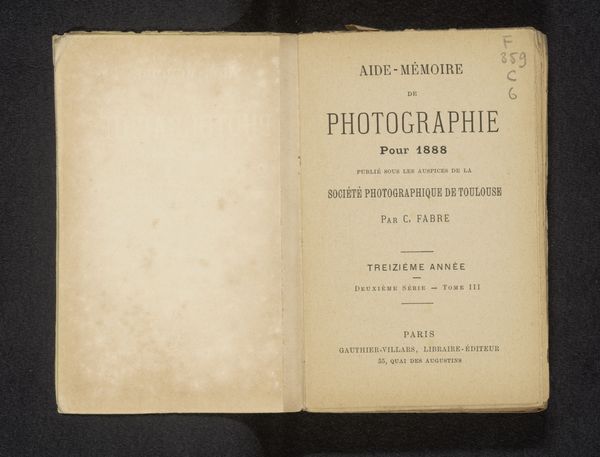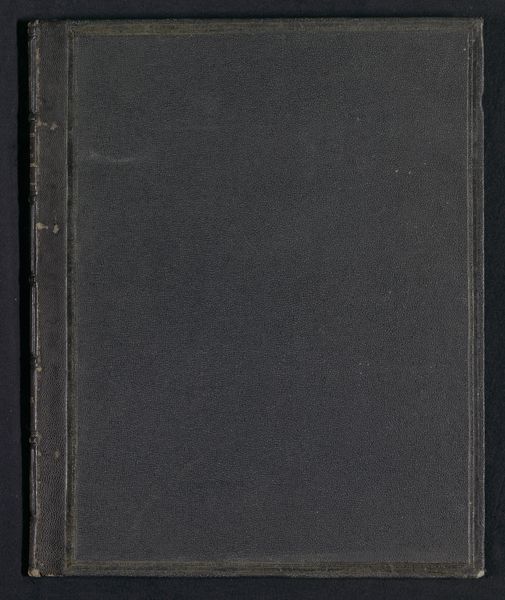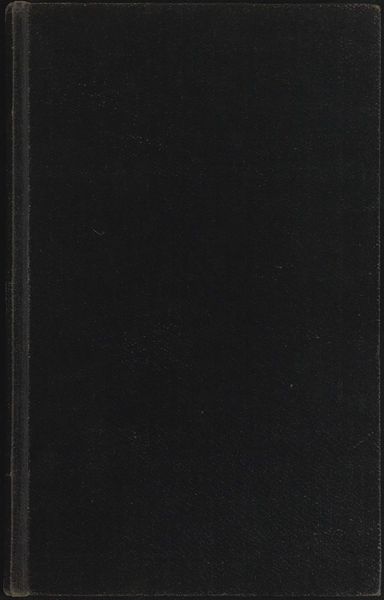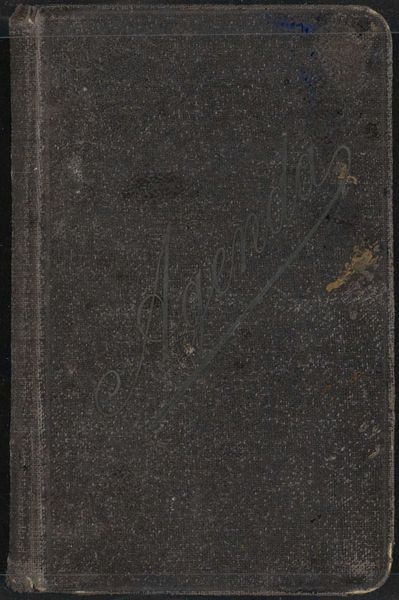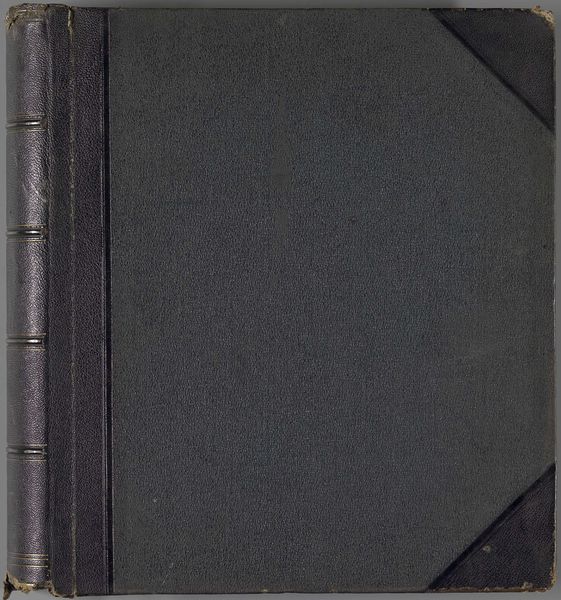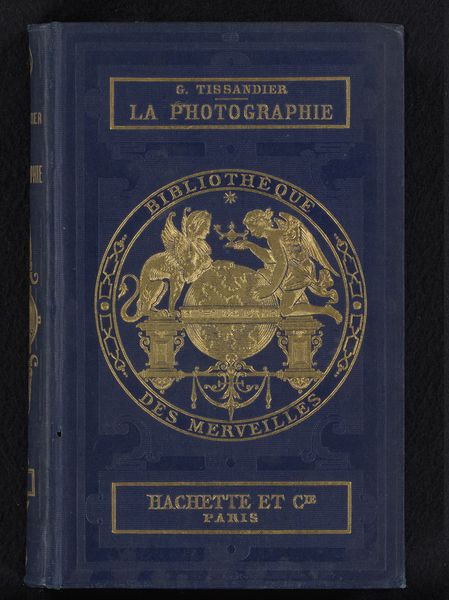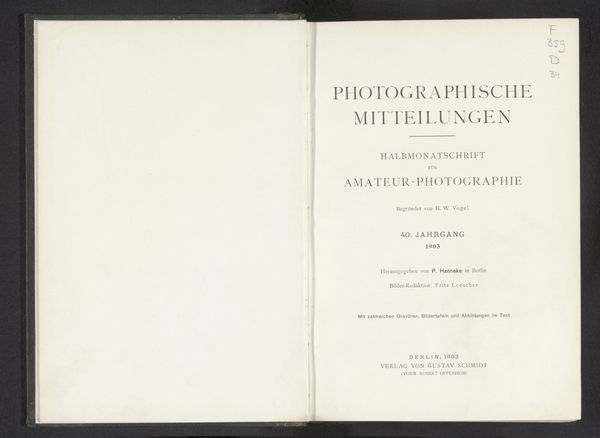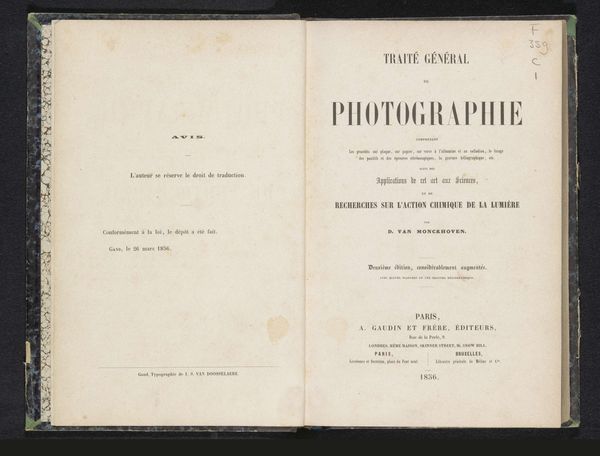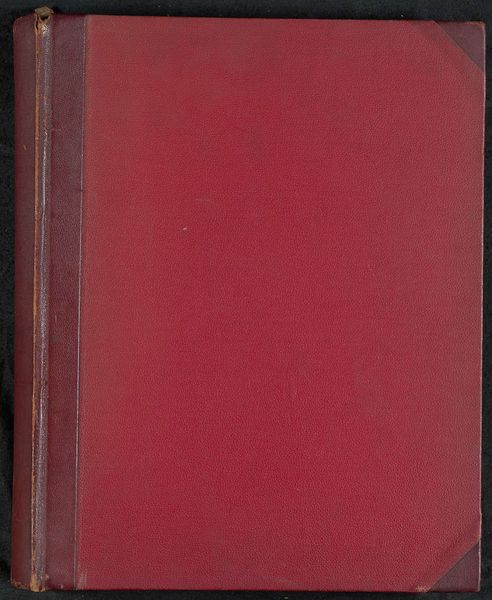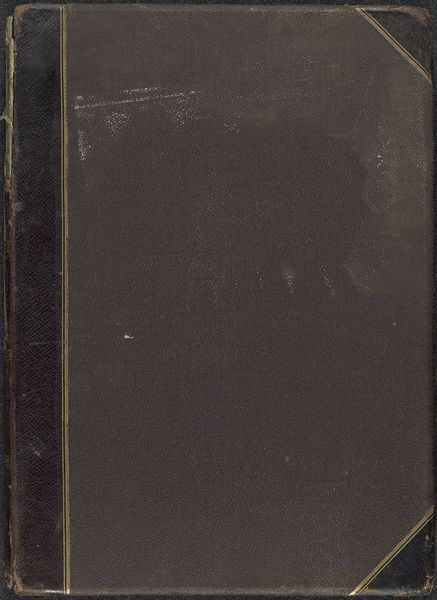
photography, albumen-print
#
photography
#
albumen-print
Dimensions: height 135 mm, width 175 mm, width 90 mm, thickness 19 mm
Copyright: Rijks Museum: Open Domain
Editor: At first glance, it seems like a forgotten object, slightly battered with its muted purple hue. There is an intimate feeling evoked, as if it holds secrets best left undisturbed. Curator: We have here a photograph album containing 35 photographs of Amsterdam, people, and animals. Dating from approximately 1899 to 1904, this collection, rendered in albumen prints, provides a window into late 19th and early 20th-century life in Amsterdam. Editor: Albumen prints...the tactile and alchemical magic of early photography. Considering the meticulous process involved in creating albumen prints from egg whites, one has to imagine the scale of production to document a city at that time. How were these commissioned, disseminated, and consumed? Curator: The tonality certainly gives the piece its solemn quality. Observe how the ornate gilded title creates a clear focal point against the aged cover. It immediately alerts us to the primary function and content of the artifact. It begs us to ponder the narrative contained within. Editor: It's intriguing to consider how an anonymous individual—presumably affluent given photography's accessibility at the time—compiled this archive. I wonder about their intentions and what selections made it to these pages. Are we meant to remember a time or aesthetic? And how were such photographs priced within the commercial trade in order to acquire a variety such as these? Curator: Indeed. As you alluded to, photography changed fundamentally how people preserved their memories. The compositional choices for its cover lend itself to an important observation: even practical objects can hold inherent artistic value. Editor: Perhaps we are also overlooking the act of binding such photographs into an object meant for both record keeping and as art. The structure given with this collection elevates it, and speaks volumes for the state of craft at that period. Curator: A fitting testament to time and materiality that provides context and artistry of a new era. Editor: Yes, and a powerful reminder to look closely and interrogate who defines what memories are preserved and why.
Comments
No comments
Be the first to comment and join the conversation on the ultimate creative platform.
